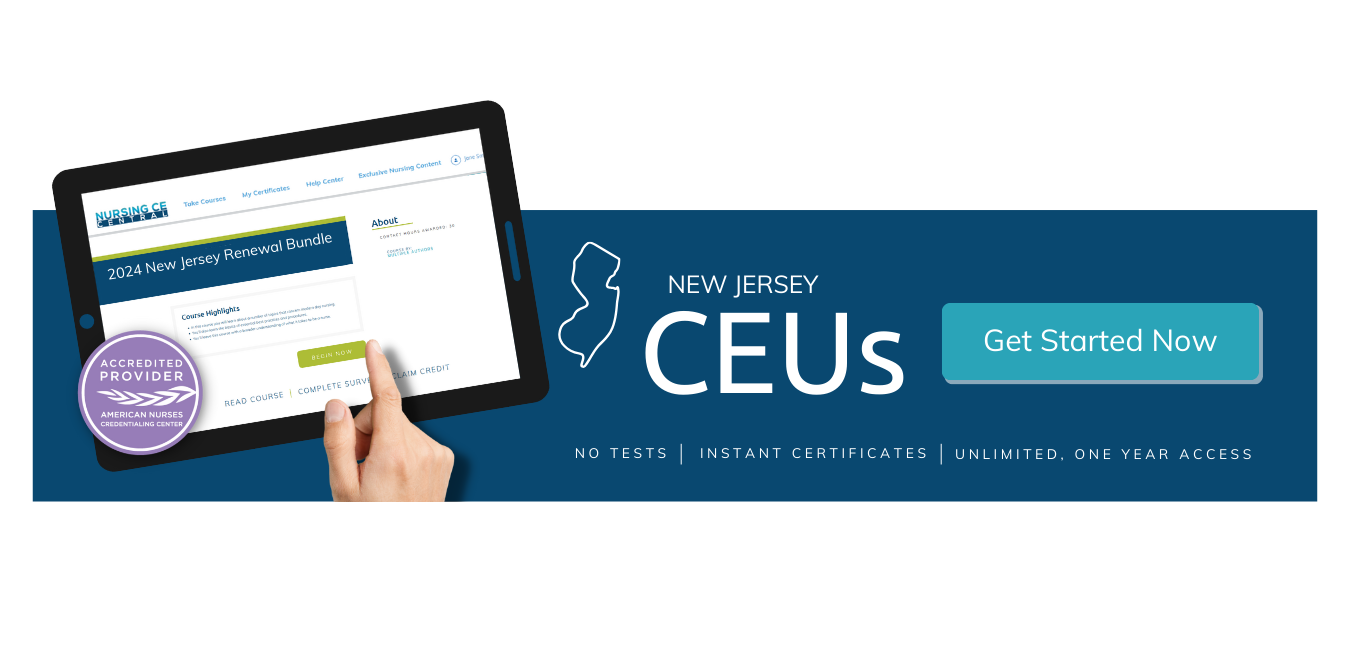Telehealth
The National Institutes of Health defines telehealth as the use of communications technology to provide healthcare at a distance. Despite the recent push to use telehealth, the technology has been in use since 1960. Made popular due to growing demand surrounding the COVID-19 pandemic, one study noted that approximately 76% of hospitals in the United States use some form of telehealth.
The extent of telehealth application varies between organizations. However, some have embraced the technology, providing up to a completely virtual clinical program. Some programs that can apply telehealth technology include antimicrobial stewardship, critical care, hospitalist, infectious disease, medical oncology, behavioral health, newborn critical care, neuro consults, neurostroke, pediatrics and wound care.
Artificial Intelligence (AI)
AI is the science and engineering of making intelligent machines. These services are programmed in such a way that they can mirror human behavior. While AI covers many types of applications, healthcare is known to use a select few, including speech or facial recognition and human-level AI.
Human-level AI, or artificial general intelligence (AGI), uses broadly intelligent and context-aware machines. AGI allows for the use of social chatbots and human-robot interactions, according to Stanford University. This can be particularly helpful in healthcare when the systems are aimed at mimicking the judgment of nurses, providers, and other healthcare professionals. AI has been around since the early 1980s but has come a long way since.
Telehealth and AI in Nurse Teaching
When COVID-19 hit the United States in March 2020, many organizations had to find alternative ways to continue business. Nursing schools were forced to implement new ways to provide instruction, simulation, and clinical exposure. Telehealth technology became the new normal for lectures and nursing instruction. Virtual simulation was also used, thanks to the application of AI.
Students were provided with real-life scenarios and clinical challenges nurses would face in the healthcare setting, where AI would improve or degrade a patient’s conditions depending on the nursing interventions applied. Finally, clinical hours were on hold or waived depending on the timeline of graduation.









